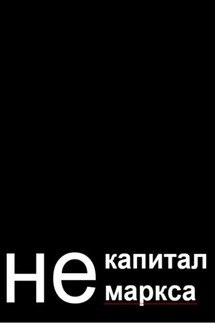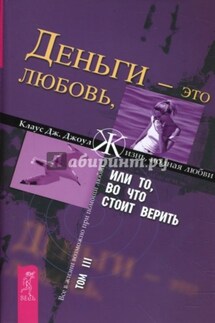The General Theory of Capital: Self-Reproduction of Humans Through Increasing Meanings - страница 66
Changes in the rate of surplus activity, in value saving and investment, draw a line between application, possession and property. The value of a surplus product is a “quantitative expression” of disposal and use: the transition from application to possession and from the latter to property is associated, first, with an increase in the size and rate of the surplus product, and, second, with a shift in the mechanisms of alienation and appropriation of the surplus product—from brute physical force to customs and from there to laws. Political ownership enables the appropriation of the surplus activity or its product in direct natural form—for example, in the form of corvée labor or rent in kind.
Simple self-reproduction is characterized by unstable accumulation. Periods in which increased surplus allows the large-scale making of means of production—irrigation systems, for example —are often followed by periods in which what has been achieved is consumed and destroyed. The very structure of the traditional order, with its political ownership, its communal and private possession, implies that investment is either reduced to the activity of the all-powerful king (or chief), who is unable to implement the many projects necessary for the division of meanings, or that investment is reduced to the petty activities of individuals and families who cannot raise enough funds for significant projects.
Appropriation in kind contains a contradiction in itself: on the one hand, it is a condition for the existence of the polity; but on the other hand, by appropriating labor or its product in kind, the polity hinders the development of a competitive commodity exchange. Overcoming this contradiction required the transformation of political or state property into economic or private property, the development of written laws, fiat money and interest.
Gunnar Heinsohn and Otto Steiger showed that debt and interest arise when possession turns into private property. In their view, possession is a physical or material concept, while property is an immaterial or legal concept:
“Possession always means the right to dispose of certain goods or resources and thus to use them physically, and is independent of whether property rights exist or not” (Heinsohn und Steiger 2009, p. 91). “Property never arises naturally. It can only be created by a legal, i.e., non-material action. Once property is created, it carries an unearned and intangible premium, the property premium. This premium exists in addition to the physical use of the goods or resources held and consists of two forces: (i) it is capable of supporting the issue of money, which can only be created in a loan agreement, and (ii) the right to this premium serves as collateral to obtain a loan” (ibid., p. 471).
Since its very inception, money has served the purpose of accumulation, i.e. saving and investing value. For a long time, this function was limited to precious metals as a tangible form of money. Fiat money emerged with the advent of credit. Medieval states needed money for their projects, especially to wage war and pay mercenary armies. They obtained money by borrowing it from creditors. However, political property is the prerogative of the state, and the sovereign often considered what he had borrowed as his property, i.e. he did not repay the debt. Creditors, suffering from the arbitrariness of the state, developed a new form of property—economic or private:







